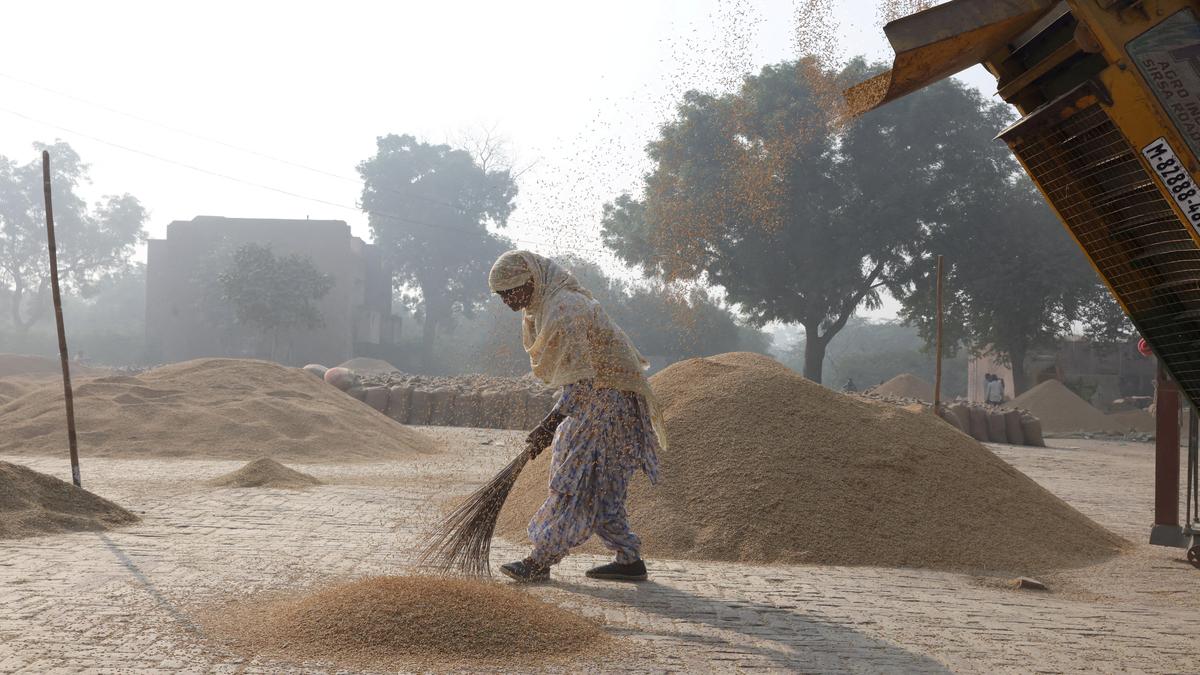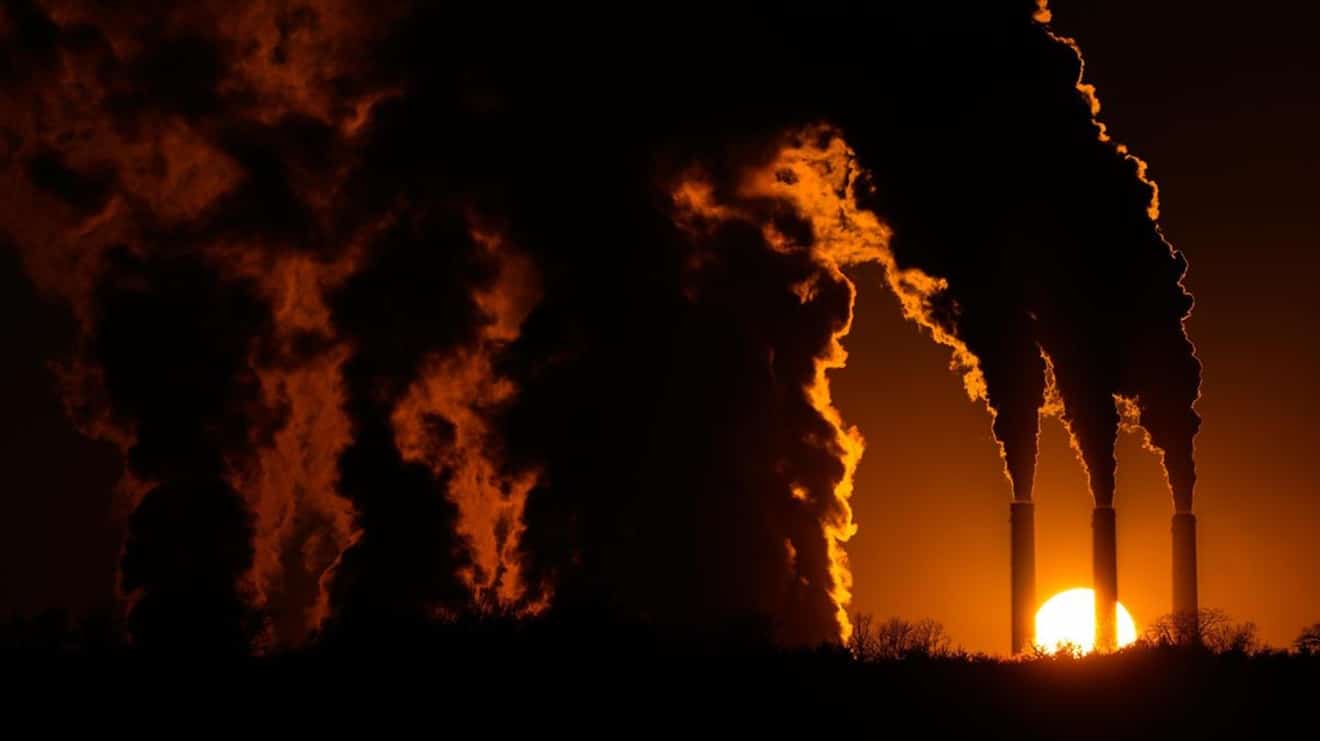What’s in today’s article?
- Why in news?
- What is Stockholm International Peace Research Institute (SIPRI)?
- Key highlights of the report by the SIPRI
- What are the challenges faced by India in Indigenous Production?
- Conclusion
Why in news?
The latest data on international arms transfers has been released by the Stockholm International Peace Research Institute (SIPRI). As per this report, India was the world’s top arms importer between 2019-2023.
Stockholm International Peace Research Institute (SIPRI)
- It is an independent international institute dedicated to research into conflict, armaments, arms control and disarmament.
- Established in 1966, SIPRI is based in Stockholm, Sweden. It is regularly ranked among the most respected think tanks worldwide.
- Its mission is to:
- undertake research and activities on security, conflict and peace;
- provide policy analysis and recommendations;
- facilitate dialogue and build capacities;
- promote transparency and accountability
Key highlights of the report by the SIPRI
- India continues as the world’s largest arms importer despite ongoing efforts to bolster its defense-industrial base.
- Between 2019 and 2023, the country accounted for a significant 9.8% of the total global arms imports.
- Steady increase in arms import
- 4.7% increase in India’s arms imports between 2014-18 and 2019-23.
- This growth is partially attributed to emergency procurements made in response to the prolonged military standoff with China.
- Changing Dynamics in Arms Suppliers
- Russia (historically been India’s primary weapons supplier), still accounted for 36% of its arms imports.
- However, this trend is shifting, with India increasingly diversifying its sources to include Western countries and domestic manufacturers.
- The report highlights that the period between 2019-23 marked the first five-year span since 1960-64 where Russian deliveries comprised less than half of India’s arms imports.
- Growing Role of Western Suppliers
- France and the United States are emerging as key suppliers to India, collectively accounting for 46% of its arms imports.
- This trend is expected to continue with significant contracts in the pipeline, such as India’s procurement of 31 armed MQ-9B Sky Guardian drones from the US and 26 Rafale-M fighters from France.
- Global Arms Trade Landscape
- Top importers
- India is followed by Saudi Arabia, Qatar, Ukraine, Pakistan, Japan, Egypt, Australia, South Korea, and China.
- Top exporters
- United States leads with a 42% share, followed by France and Russia.
- Top importers
- India’s Role as a Major Arms Customer
- India emerges as the largest arms customer for France, Russia, and Israel, indicating its significant role in global arms procurement.
- This underscores India’s reliance on diverse sources for its defense needs, reflecting its geopolitical positioning and security concerns.
- China’s Dominance in Supplying Pakistan
- China plays a pivotal role as the primary arms supplier to Pakistan, with a substantial 61% of its exports directed towards Islamabad.
- Additionally, China exports 11% of its arms to Bangladesh, further solidifying its influence in the region.
Challenges faced by India in Indigenous Production
- Projects under Strategic Partnership (SP) model have not materialised yet
- Despite efforts to promote indigenous defense production, including the ‘Make in India’ initiative, challenges persist. None of the ‘Make in India’ projects under the strategic partnership model have materialized yet.
- SP model is a framework introduced by the Indian government to encourage collaboration between the public & private sectors in the defense industry.
- Under this model, private companies are selected as strategic partners to work alongside the government-owned defense entities in the development & production of key defense platforms and systems.
- Despite efforts to promote indigenous defense production, including the ‘Make in India’ initiative, challenges persist. None of the ‘Make in India’ projects under the strategic partnership model have materialized yet.
- Need for Overhaul in SP Policy
- Key areas for improvement include a reassessment of the pricing methodology, ensuring long-term orders to sustain production, and addressing other bottlenecks that hinder project implementation.
- Low Foreign Direct Investment (FDI) in Defense
- India’s defense sector has attracted only a meagre Rs 5,077 crore in FDI since its opening to private companies in 2001.
- This is despite the government’s efforts to liberalize FDI regulations, allowing up to 74% through the automatic route and up to 100% through the government route in 2020.
Conclusion
India’s status as the world’s top arms importer underscores the need for strategic reforms to enhance its defense-industrial base and reduce reliance on foreign suppliers. As the country continues to navigate geopolitical challenges, fostering a robust domestic defense manufacturing sector will be crucial for achieving long-term security goals.
Q1) What is the concept of Make in India?
The Make in India initiative was launched by Prime Minister in September 2014 as part of a wider set of nation-building initiatives. Devised to transform India into a global design and manufacturing hub, Make in India was a timely response to a critical situation.
Q2) What is the Strategic Partnership (SP) model?
The Strategic Partnership (SP) model is a defense manufacturing model that aims to increase the private sector’s participation in domestic defense manufacturing. The model involves collaboration between a foreign original equipment manufacturer (OEM) and an Indian company to produce weapons systems, aircraft, submarines, or tanks for the Indian armed forces.
Source: India world’s top arms importer between 2019-23: SIPRI | SIPRI | Economic Times | Times Of India
Last updated on January, 2026
→ Check out the latest UPSC Syllabus 2026 here.
→ Join Vajiram & Ravi’s Interview Guidance Programme for expert help to crack your final UPSC stage.
→ UPSC Mains Result 2025 is now out.
→ UPSC Notification 2026 is scheduled to be released on January 14, 2026.
→ UPSC Calendar 2026 has been released.
→ UPSC Prelims 2026 will be conducted on 24th May, 2026 & UPSC Mains 2026 will be conducted on 21st August 2026.
→ The UPSC Selection Process is of 3 stages-Prelims, Mains and Interview.
→ Prepare effectively with Vajiram & Ravi’s UPSC Prelims Test Series 2026 featuring full-length mock tests, detailed solutions, and performance analysis.
→ Enroll in Vajiram & Ravi’s UPSC Mains Test Series 2026 for structured answer writing practice, expert evaluation, and exam-oriented feedback.
→ Join Vajiram & Ravi’s Best UPSC Mentorship Program for personalized guidance, strategy planning, and one-to-one support from experienced mentors.
→ UPSC Result 2024 is released with latest UPSC Marksheet 2024. Check Now!
→ UPSC Toppers List 2024 is released now. Shakti Dubey is UPSC AIR 1 2024 Topper.
→ Also check Best UPSC Coaching in India

















